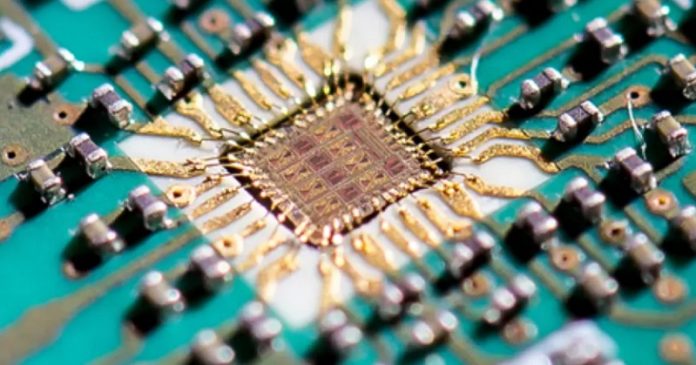
From access cards and key fobs to Bluetooth speakers, the security of communication between wireless devices is critical in maintaining privacy and preventing theft.
Unfortunately, these tools are not foolproof and information on how to hack, clone and bypass these systems is becoming easier to find.
That’s why electrical engineers at the University of Illinois Chicago have been investigating ways to create more secure devices.
In a paper published in Nature Communications, the researchers report a method inspired by quantum physics to improve wireless device identification and protect device-to-device communication.
It uses a random and unique digital fingerprint to create a hardware encryption system that is virtually unbreakable, the researchers said.
The engineers, led by Pai-Yen Chen, used a theory from quantum physics in math-based experiments to identify a “divergent exceptional point.”
Quantum physics describes systems for which precise measurement is difficult or impossible; a quantum state describes a parameter space or range of possible measurements.
Within these states, exceptional points exist where the uncertainty of the system is at its maximum. These points are promising for cryptography — the more uncertain the system, the more secure.
Chen and colleagues figured out a mathematical approach to identify these exceptional points in a radio frequency identification system — the technology used by key cards, fobs and other devices that unlock or communicate with nearby sensors.
In traditional radio frequency identification, or RFID, systems, encrypted keys are stored inside memory chips, which are limited in size and vulnerable to attack.
Chen’s group created new RFID lock-and-tag devices that use the exceptional point algorithm to create a secure signal. Since every piece of hardware is slightly different due to small variations during the fabrication process, each RFID device produces its own unique digital fingerprint using the maximized uncertainty at the exceptional point.
Like everyone’s voice — which is heard via analog sound waves — the key cryptography structure makes the signal from each device unique, Chen said.
“Many scientists have thought that the exceptional point theory would be impossible to apply reliably in the real world, but we were able to leverage such a property to implement a novel system,” said Chen.
He also said that the technology is low cost and versatile and could be particularly helpful in products such as key cards and near-field communication devices that are mass-produced and more vulnerable to hacks.
“This research shows the potential of using RF and analog technologies to significantly enhance the security of wireless devices,” said Jenshan Lin, a program director in NSF’s Directorate for Engineering.



